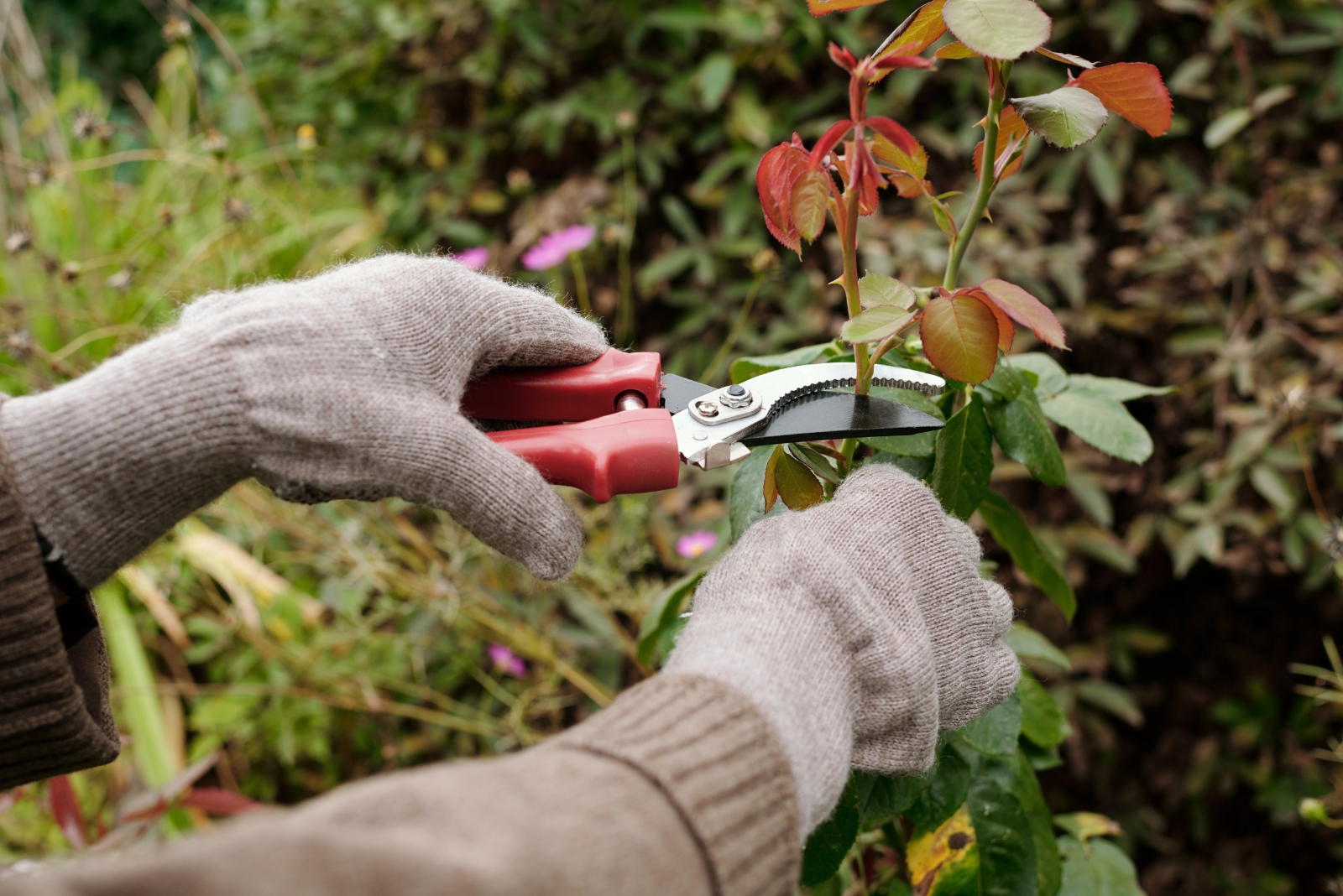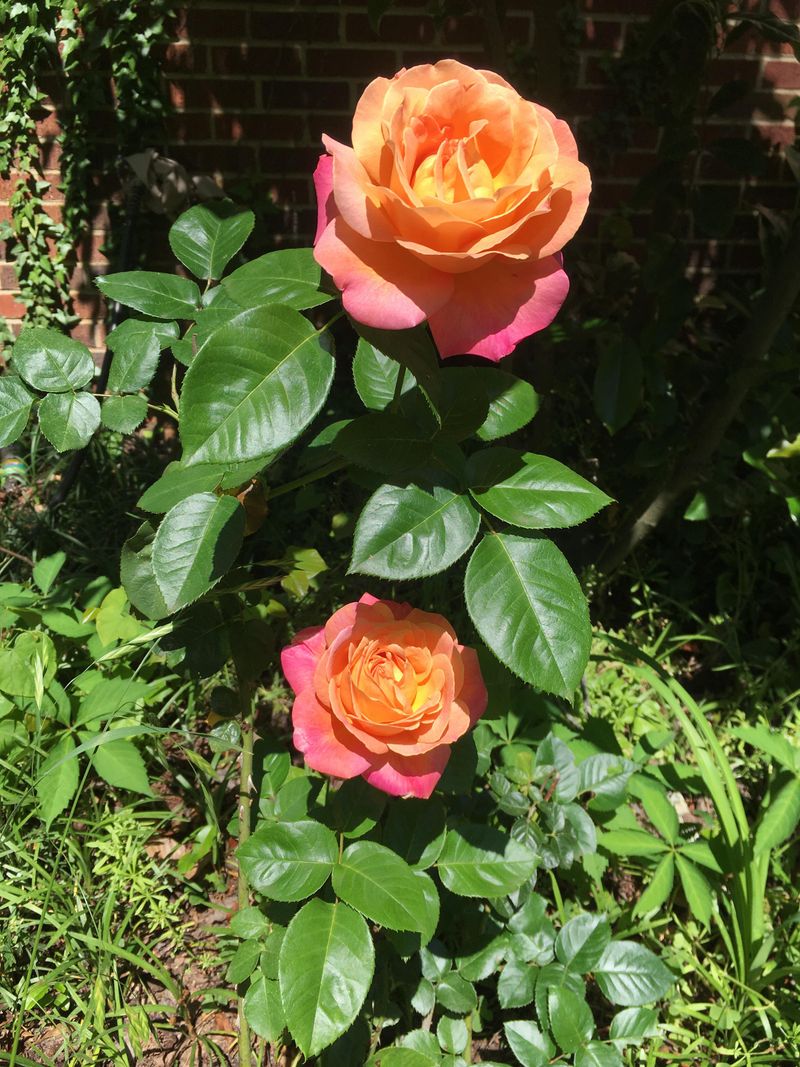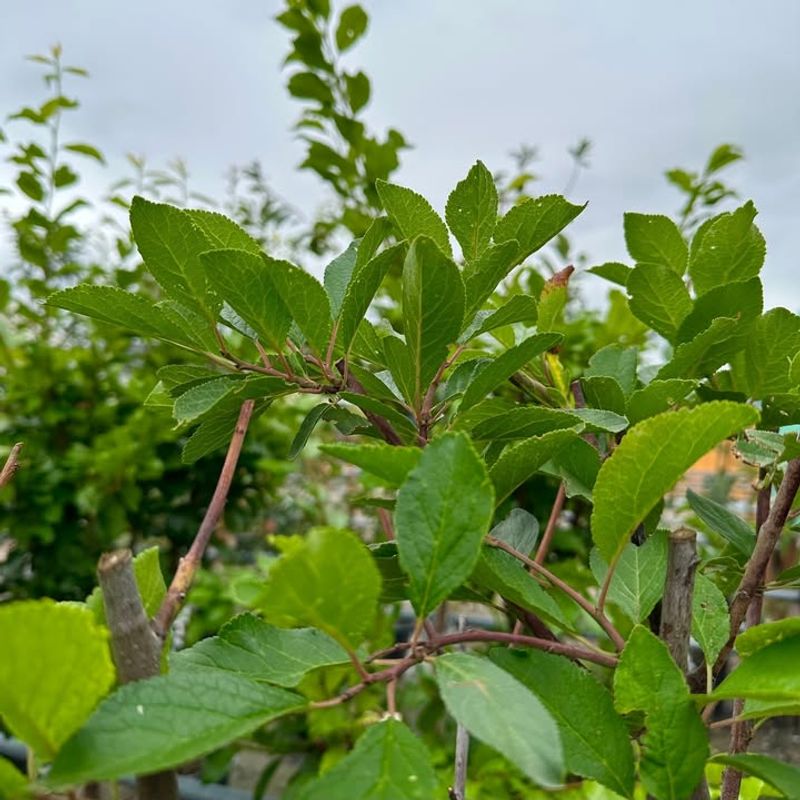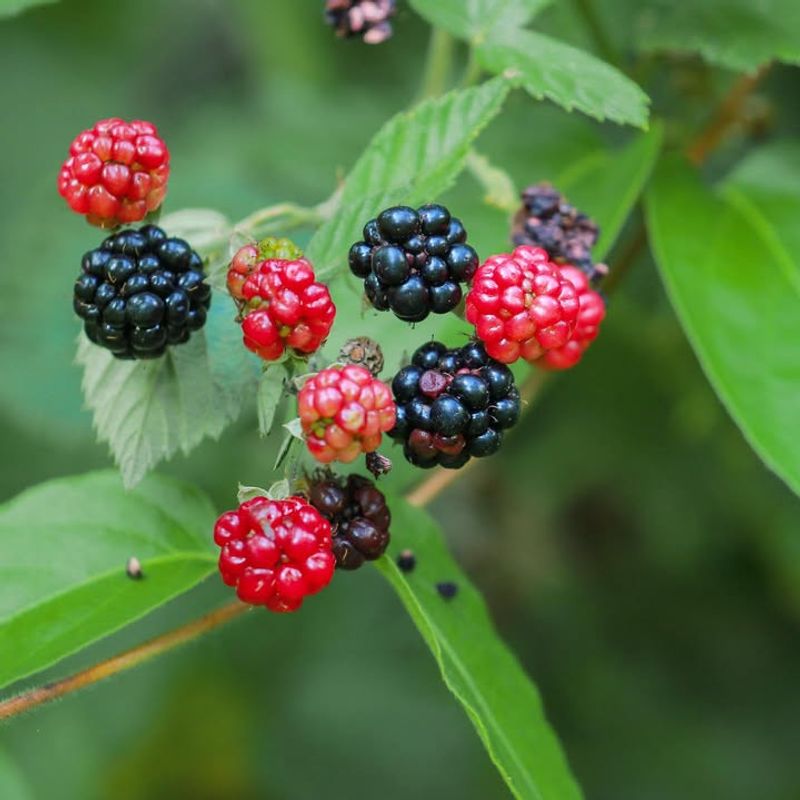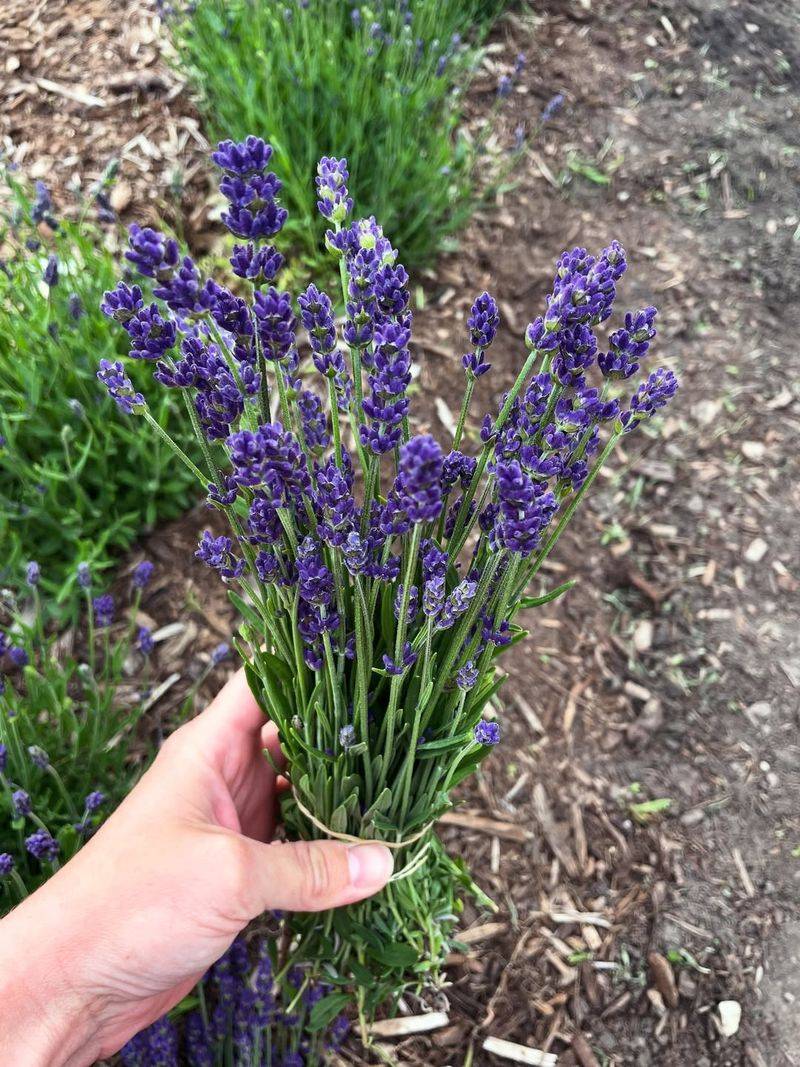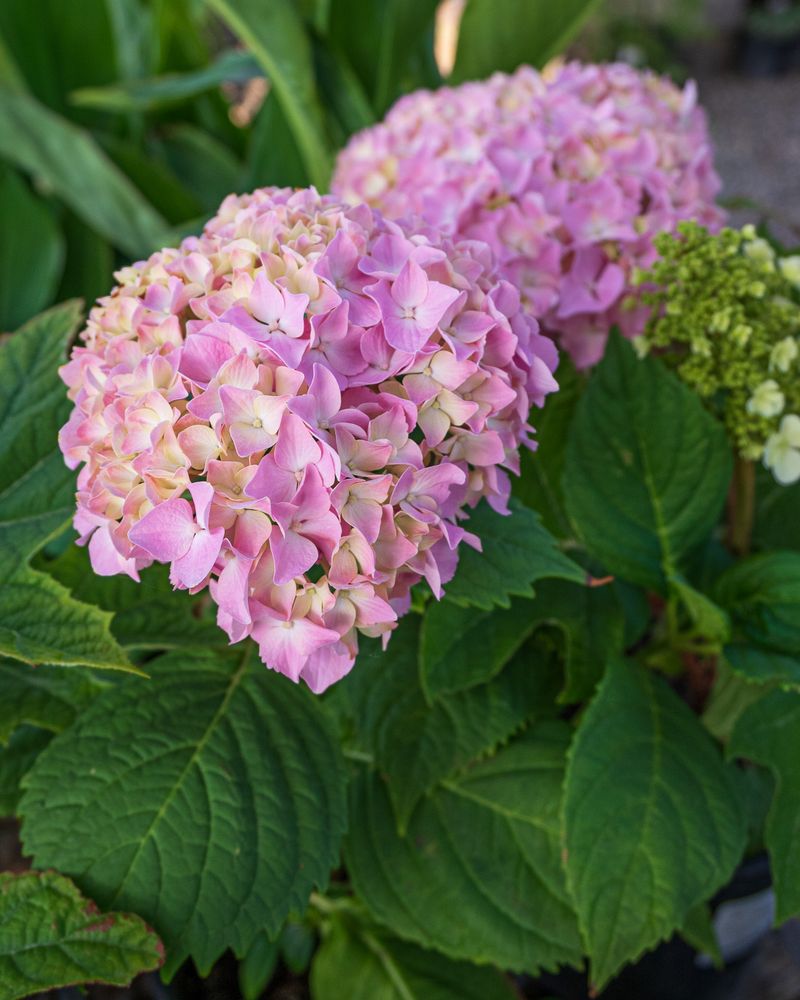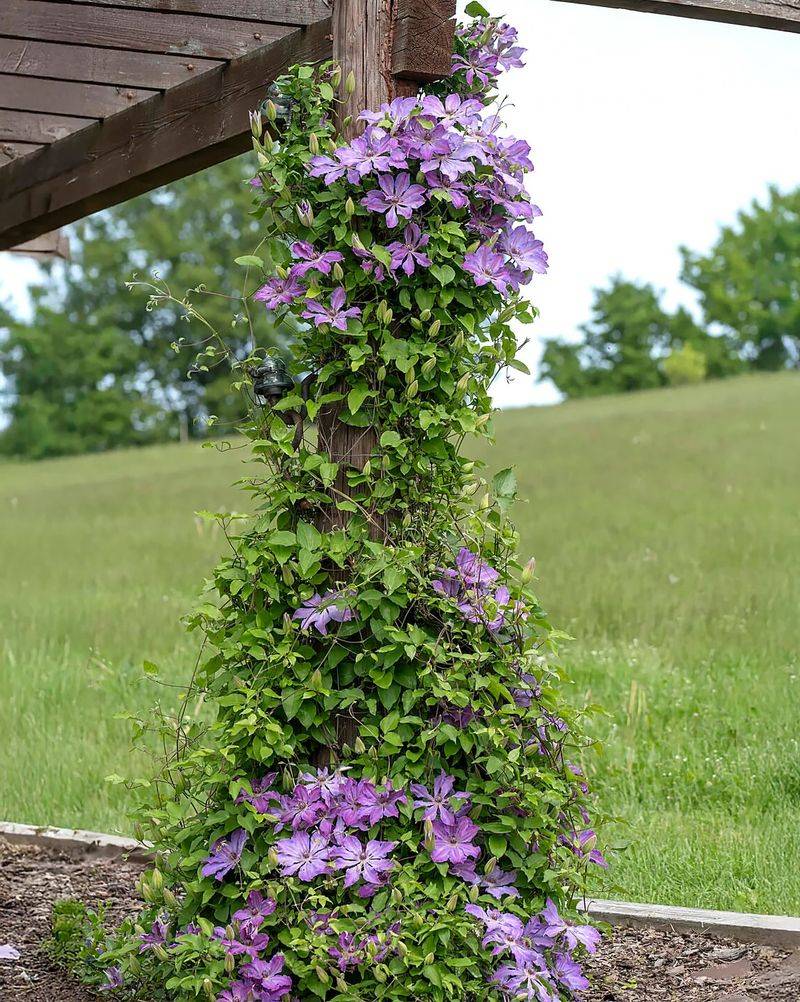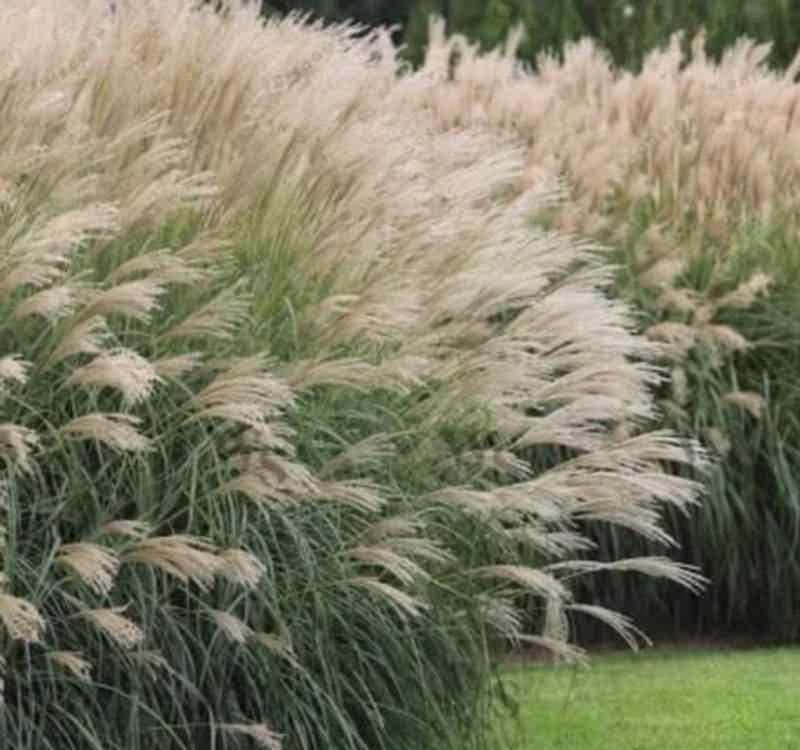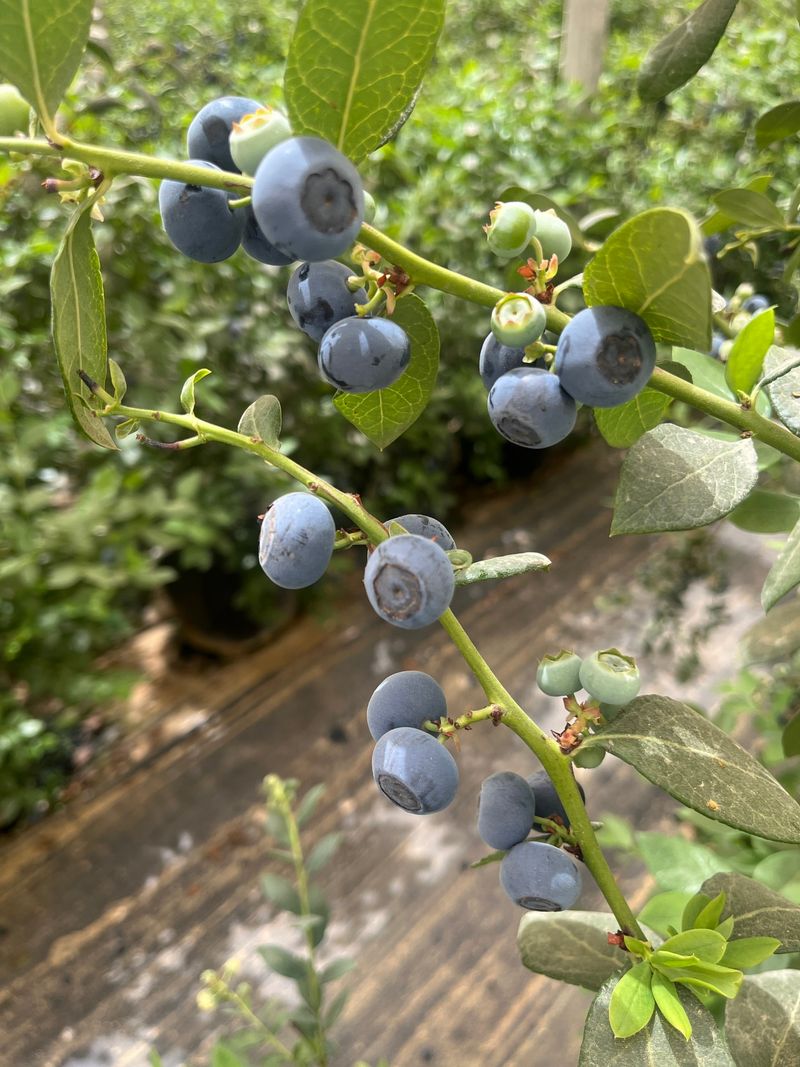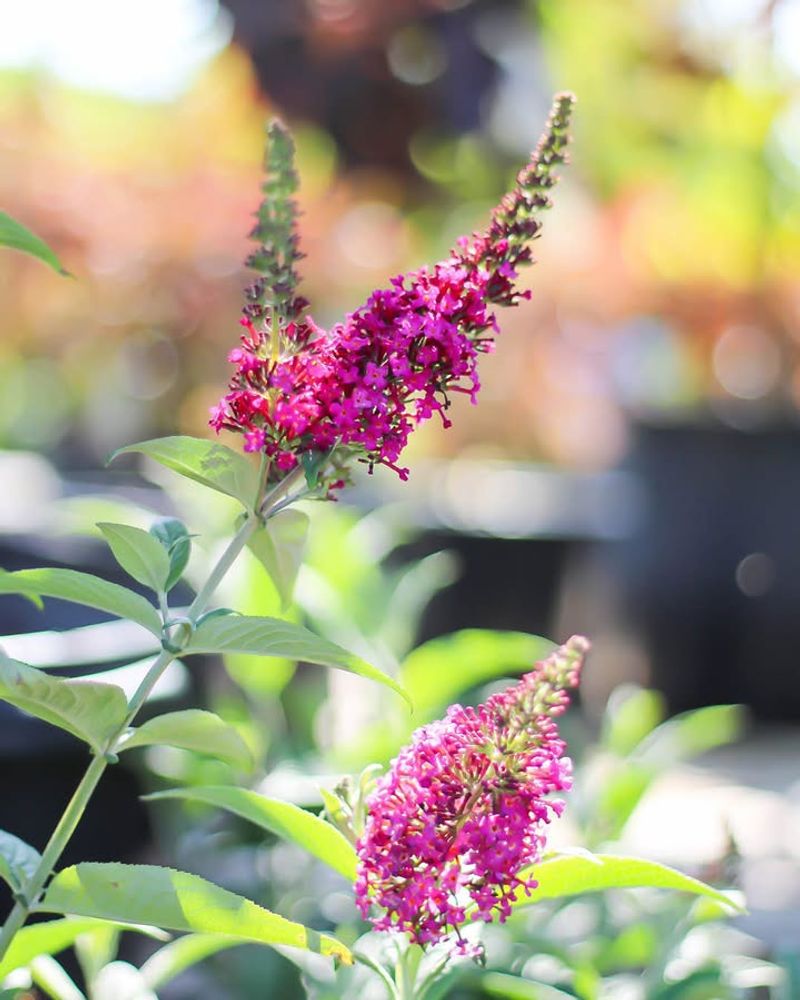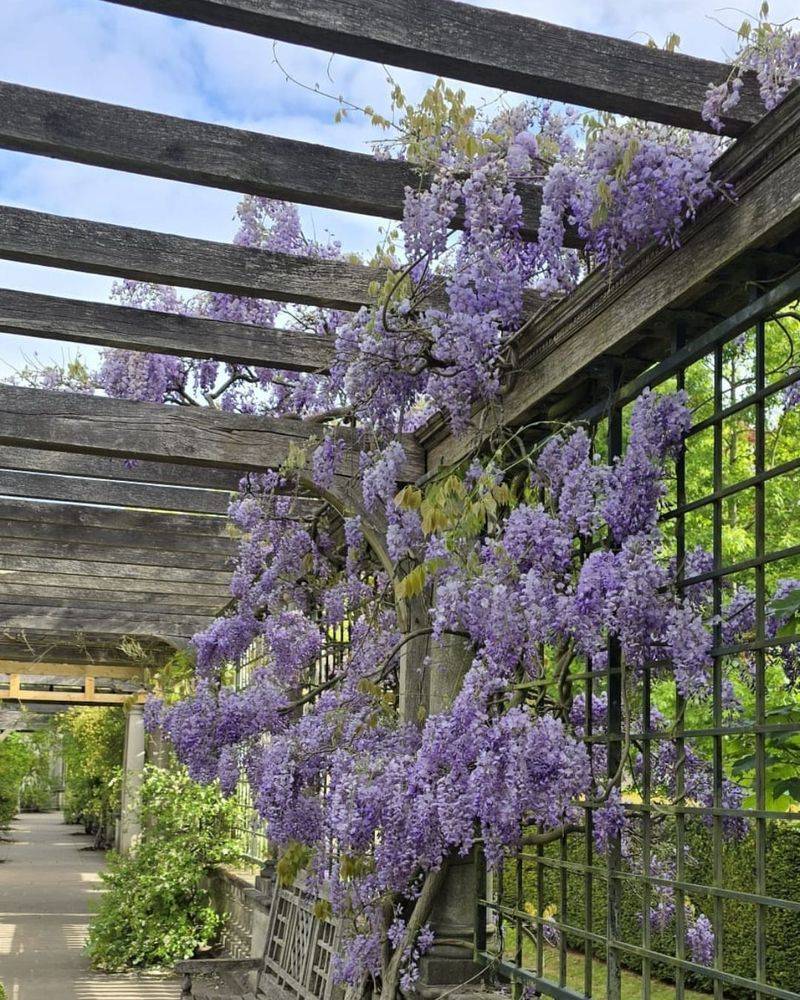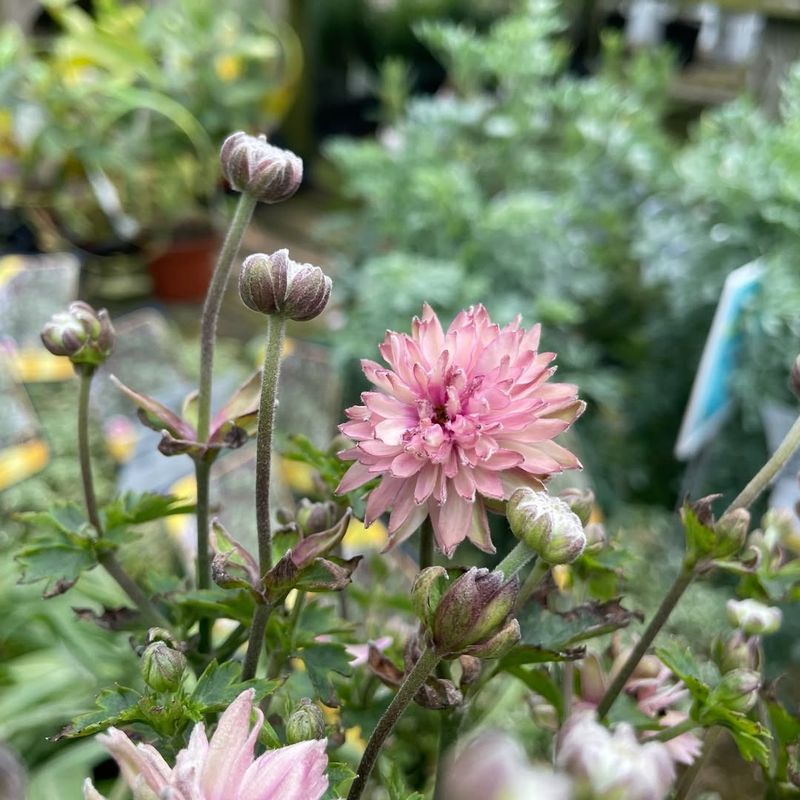October is prime pruning season for many Oregon gardens. Some plants need it to stay healthy and produce better next year.
I’ve picked twelve must-prune favorites for Oregon gardeners this month. With a little care, your garden will stay thriving and ready for winter.
1. Roses
Roses thrive across Oregon when you give them a fall haircut. Snip away dead or damaged canes, and cut back the tallest stems by about one-third to prevent wind damage during winter storms.
Remove any leaves showing black spot disease, which spreads easily in our damp climate. Clean cuts heal faster and keep fungal problems away.
Your roses will thank you next spring with spectacular blooms that brighten every corner of your garden.
2. Fruit Trees
Apple, pear, and plum trees grown throughout Oregon benefit from October pruning sessions. Start by removing branches that cross or rub against each other, creating wounds where disease sneaks in.
Cut away water sprouts—those straight-up shoots that steal energy from fruit production. Thin out crowded areas to improve air circulation, which matters tremendously in Oregon’s humid autumn weather.
Proper pruning now means bigger, healthier fruit harvests when summer rolls around again.
3. Raspberries and Blackberries
Berry patches in Oregon gardens need attention after harvest finishes. Cut raspberry canes that produced fruit this year down to ground level—they won’t bear again and just crowd your patch.
Leave the new green canes that sprouted this season; they’ll give you berries next summer. Blackberries follow similar rules, though trailing varieties need slightly different treatment.
Clearing out old canes prevents disease and makes picking berries much easier next year.
4. Lavender
Lavender plants scattered across Oregon yards need a light trim before cold weather settles in. Remove spent flower stalks and shape the plant gently, but avoid cutting into old woody stems that struggle to regrow.
Take off about one-third of the green growth to keep plants compact and healthy. Oregon’s wet winters can rot lavender, so good air flow matters.
Pruned lavender bounces back beautifully, filling your garden with fragrance and color next season.
5. Hydrangeas
Hydrangeas bloom magnificently in Oregon’s climate, but pruning rules vary by type. Smooth and panicle hydrangeas can handle October trimming since they flower on new wood that grows next spring.
Bigleaf and oakleaf varieties bloom on old wood, so only remove dead stems now and save major pruning for summer. Check which type you’re growing before making cuts.
Proper timing protects next year’s flowers while keeping your hydrangeas looking neat through Oregon winters.
6. Clematis
Clematis vines climbing Oregon fences and trellises fall into different pruning groups. Group 3 varieties that bloom on new growth get cut back hard in October, down to about 12 inches from the ground.
Group 1 and 2 types need gentler treatment—just tidy them up and remove dead stems. Knowing your variety prevents accidentally cutting off next spring’s flower buds.
A well-pruned clematis rewards you with cascading blooms that transform ordinary garden spaces into magical spots.
7. Ornamental Grasses
Ornamental grasses add texture to Oregon landscapes but need cutting back before new growth starts. Wait until late October when grasses turn golden and dormant, then bundle stems together and cut them about 6 inches from the ground.
Leaving some height protects the crown during freezing temperatures. Grasses left standing through winter can look messy and harbor pests.
Fresh cuts in fall mean vigorous, beautiful growth when spring warmth returns to your Oregon garden.
8. Blueberries
Blueberry bushes flourish in Oregon’s acidic soil and benefit from October pruning. Remove branches older than six years—they produce fewer berries and take up valuable space.
Cut out weak or damaged wood and thin crowded centers to let sunlight reach ripening fruit next summer. Oregon growers know that proper pruning increases both berry size and sweetness.
Your blueberry harvest will improve dramatically when you maintain bushes with regular autumn trimming sessions.
9. Butterfly Bush
Butterfly bushes attract pollinators to Oregon gardens all summer but need cutting back in fall. Reduce stems by about half their height in October, removing spent flower spikes and leggy growth.
Some gardeners wait until early spring, but fall pruning works well in milder Oregon zones. Cutting back prevents wind damage and encourages bushier growth.
Pruned butterfly bushes explode with new blooms next year, bringing even more winged visitors to your Oregon yard.
10. Wisteria
Wisteria vines draped over Oregon pergolas and arbors need twice-yearly pruning, with October being the second session. Cut back the long whippy shoots that grew during summer to about five or six buds from the main framework.
This encourages flowering spurs rather than leafy jungle growth. Wisteria can overwhelm structures without regular trimming, especially in Oregon’s favorable growing conditions.
Consistent autumn pruning rewards you with breathtaking cascades of fragrant flowers each spring season.
11. Rhododendrons and Azaleas
Rhododendrons and azaleas practically define Oregon gardens, but they need minimal October pruning. Remove only dead, diseased, or damaged branches now since major shaping should happen right after spring flowering ends.
Cutting too much in fall removes flower buds already forming for next year. Oregon’s state flower deserves careful treatment to preserve its spectacular spring display.
Light maintenance pruning keeps these beloved shrubs healthy without sacrificing the blooms that make them garden favorites.
12. Perennial Flowers
Perennial flowers throughout Oregon gardens benefit from October cleanup. Cut back plants like hostas, daylilies, and coneflowers to about 3 inches above ground once foliage dies back completely.
Removing dead plant material reduces hiding spots for pests and diseases over winter. Some gardeners leave seed heads for birds, which adds winter interest to Oregon landscapes.
Tidying perennial beds now makes spring gardening easier and helps plants emerge stronger when growing season returns.

